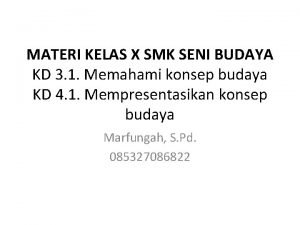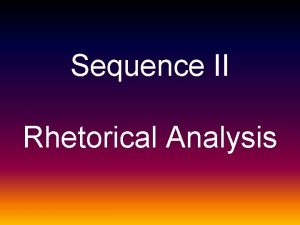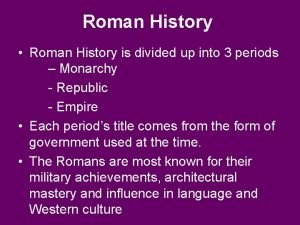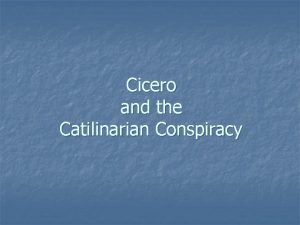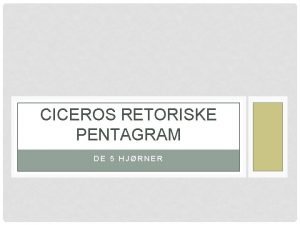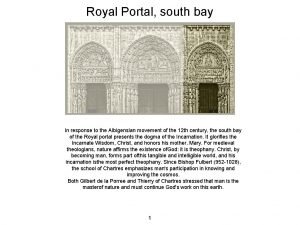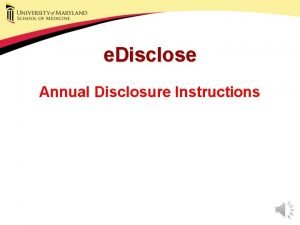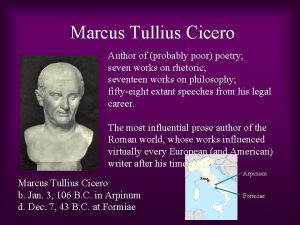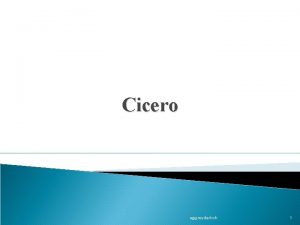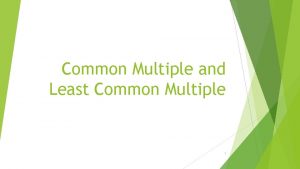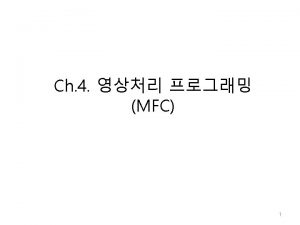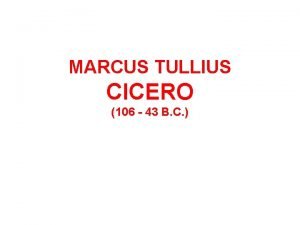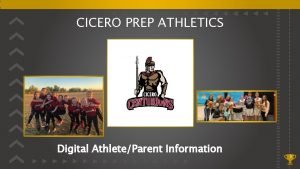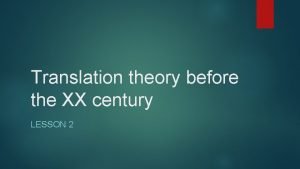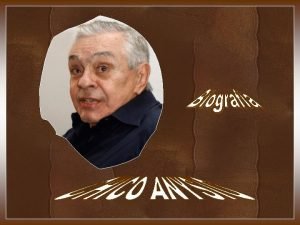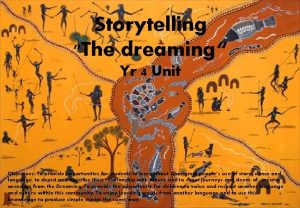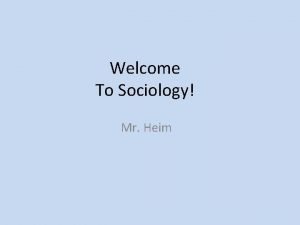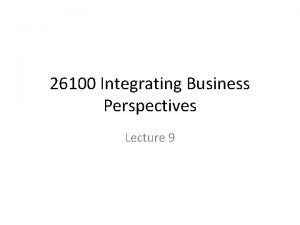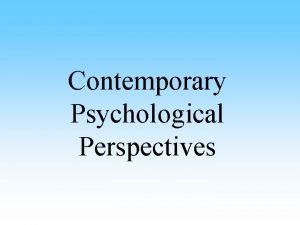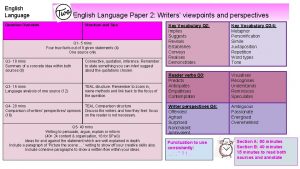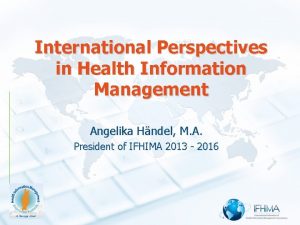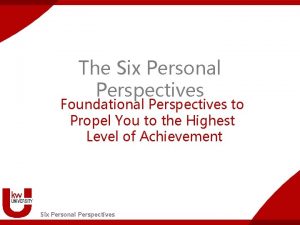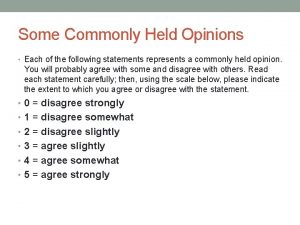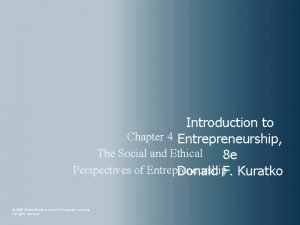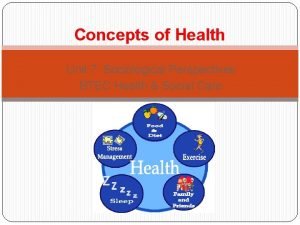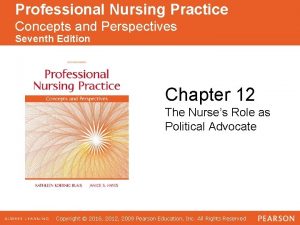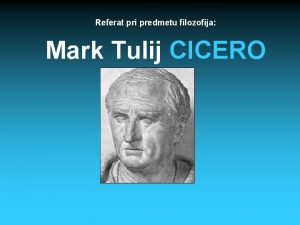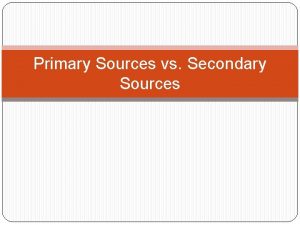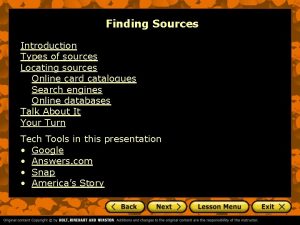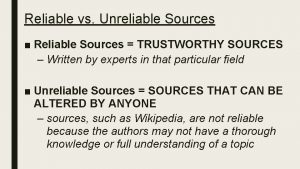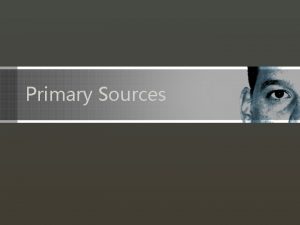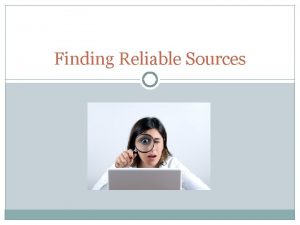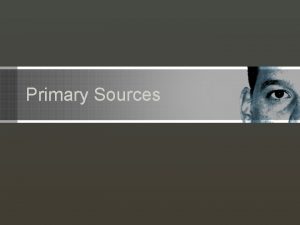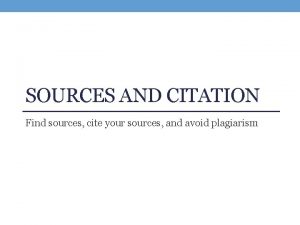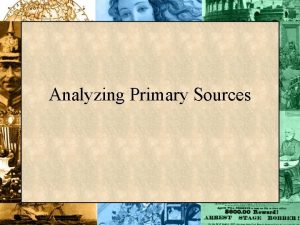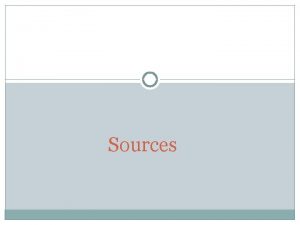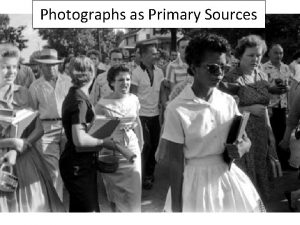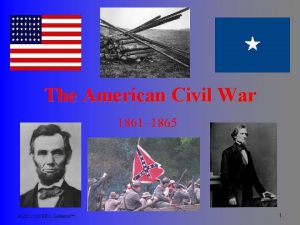Multiple Sources Multiple Perspectives CICERO 2012 Multiple Perspectives



































- Slides: 35

Multiple Sources/ Multiple Perspectives © CICERO 2012

Multiple Perspectives and the Common Core O Level of Examination O Compare and Contrast O Common Core Learning Framework O Integration of Knowledge and Ideas O Analysis of multiple sources and perspectives O Understanding multiple perspectives © CICERO 2012 2

Framing the Session O What are the qualities of expert readers of history? O How does our understanding of history evolve? O What strategies can teachers use to support historical thinking in their students? © CICERO 2012 3

What are the qualities of expert readers of history? O The expert reader: O Seeks to discover context and know content O Sees any text as a construction of a vision of the world O Sees texts as made by persons with a view of events O Considers textbooks less trustworthy than other kinds of documents © CICERO 2012 O The novice reader: O Seeks only to know content O Sees text as a description of the world O Sees texts as accounts of what really happened O Considers textbooks very trustworthy sources 4

O Compares texts to O O judge different accounts of the same event or topic Assumes bias in texts Gets interested in contradictions and ambiguities Checks sources of documents Acknowledges uncertainty and complexity © CICERO 2012 O Learns the “right O O answer” Assumes neutrality, objectivity in texts Resolves or ignores contradictions and ambiguities Reads the documents only Communicates “the truth”, sounding as certain as possible 5

How does our understanding of history evolve? O History is not a stagnant or closed-end subject. O As new documents are analyzed and evaluated by historians, the interpretation of an event evolves. O This interpretation is influenced by the historian’s purpose, intentions and goals, as well as his/her assumptions, beliefs and world view. © CICERO 2012 6

Multiple perspectives and historical thinking O Historians don’t settle for one perspective on an historical issue; they piece together many, sometimes competing, versions of events to construct an accurate interpretation. O Multiple perspectives are usual and have to be tested against evidence, and accounted for in judgments and conclusions. O The writing of history is based on a critical analysis, evaluation, and selection of authentic source materials and composition of these materials into a narrative subject to scholarly methods of criticism. O The result is a body of historical literature on any event or individual in history that reflects the process of historical thinking. © CICERO 2012 7

O “True historians comprehend a subtext on the literal, inferred and critical levels. These subtexts include what the writer is saying literally but also any possible biases and unconscious assumptions the writer had about the world. Historians try to reconstruct authors’ purposes, intentions, and goals, as well as understand authors’ assumptions, world view and beliefs” Sam Wineburg © CICERO 2012 8

The textbook as source of historical understanding O Textbooks can serve as a “starting point” for the study of history. O Textbooks: O are age-appropriate in vocabulary and complexity O are screened for moral and ethical appropriateness O strive to create a master narrative – a single, coherent story or big picture of history © CICERO 2012 9

O However, textbooks: O present history as an end-product – a closed and consensus -based narrative O are written to appeal to a wide audience O encourage the memorization of dates, places, facts and events O often do not reflect all the “voices” © CICERO 2012 10

What are some strategies for teaching multiple perspectives? O Students take on the perspective of different participants in an historical event through: O role playing O journal writing O letter writing O debate O The goal of these activities is to develop empathy and affinity for individual perspectives. © CICERO 2012 11

What is the Multiple Sources/ Multiple Perspective strategy? O The Multiple Sources/Multiple Perspectives strategy supports students to: O compare different interpretations the same event O to distinguish fact from opinion O analyze information within an historical viewpoint O construct historical arguments O The strategy uses a graphic organizer. © CICERO 2012 12

What are the steps in the process? O Select the sources for the activity. O Ask: O What point of view do the resources I use reflect? O Are there other important viewpoints (well accepted by historians and documented with historical evidence) that I need to provide? O What resources will provide other points of view? © CICERO 2012 13

What types of sources work for MS/MP? O MS/MP is extremely flexible and can be developed using a variety of sources. © CICERO 2012 O O O O O Primary Sources Non-Fiction Interviews Artifacts Videos Periodicals Poetry Music Art 14

Step One O Build or access prior knowledge of the event. O What do we know about this event? O What are the undisputed facts? O What makes these facts undisputed? O Use the textbook interpretation of the event as a starting point. O List the undisputed facts in the center box of the graphic organizer. © CICERO 2012 15

Step Two O Introduce the first source and have students list the author and date. O What do we know about the author of the source? O What can we infer is his/her perspective on the event? O What is the significance of the date of the source? O What is the historical context of the source? O Have students read/view and discuss the source in small groups. © CICERO 2012 16

Step Three O Have students complete the graphic organizer with: O What information does this source provide? O What information is factual? O What information reflects the author’s opinions? O What is the author’s perspective on the topic? O Based on this perspective, what information may have been omitted? O Have students cite specific references where applicable. © CICERO 2012 17

O Repeat the process with the second source. O Then have students discuss their findings and draw conclusions based on the new information. O Debrief the activity with the class. O Guiding questions include: O What did we know about this event? O What do we now know? O How did our analysis of different perspectives on the event add to our understanding? O What influences how a person “sees” an event in history? © CICERO 2012 18

Modeling the Strategy © CICERO 2012 19

Modeling the Strategy: Identifying the “Undisputed Facts” O Working in small groups, make a list of 57 undisputed facts about The Missouri Compromise that your students would glean from reading their textbook. O List them on the graphic organizer. © CICERO 2012 20

Modeling the Strategy: The Missouri Compromise Perspective #1 O Read excerpt from “Letter from Thomas Jefferson to John Holmes”, 1820. O Discuss the text and list. O O Information added Information omitted Author’s opinions Author’s conclusions or interpretations © CICERO 2012 21

Modeling the Strategy: The Missouri Compromise Perspective #2 O Read excerpt from “James Henry Hammond’s 1858 “Mud. Sill” Speech”. O Discuss the text and list: O Information added O Information omitted O Author’s opinions O Author’s conclusions or interpretations © CICERO 2012 22

Modeling the Strategy: The Missouri Compromise Perspective #3 O Read Abraham Lincoln’s “Speech on the Repeal of The Missouri Compromise”, 1854. O Discuss the text and list: O Facts added O Facts omitted O Author’s opinions O Author’s conclusions or interpretations © CICERO 2012 23

Modeling the Strategy: Drawing Conclusions O What conclusions can you draw? O What did you know about this event? O What do you now know? O How did your analysis of different perspectives on the event add to my understanding? O What influences how a person “sees” an event in history? © CICERO 2012 24

Other Resources- Images © CICERO 2012 25

© CICERO 2012 26

© CICERO 2012 27

© CICERO 2012 28

© CICERO 2012 29

Applying MS/MP to Other Content Areas O The Trail of Tears O The War of 1812 O The American O The Whiskey Revolution O The Constitution Rebellion O The Gilded Age O The Korean War © CICERO 2012 30

Factors to Consider in Selecting Sources for MS/MP O The selection of sources for MS/MP depends upon a number of factors: O The content introduced O The grade level O The need to differentiate based on student strengths and areas of weakness O However, each source should provide a different perspective on the topic or event. © CICERO 2012 31

Next Steps for MS/MP O Once students have analyzed different interpretations of a topic, event or individual, they can: O Debate a particular viewpoint or interpretation O Write a position paper in which they construct an historical argument O Research other perspectives on the topic and add to the graphic organizer O Select a point of view and role play, write a journal entry or letter from that perspective O Research the author of the source O What other next steps can you think of? © CICERO 2012 32

Adapting MS/MP to Your Classroom O How might you use MS/MP in your social studies classroom? O What adaptations might you make? © CICERO 2012 33

O Adaptations include those: O To the selection of texts/ sources (consider adding a source that reflects local history) O To the template O To the method of use O To the length of the texts/ sources O To the level of vocabulary O To the timeframe O To the method of presentation © CICERO 2012 34

© CICERO 2012 35
 Print and web sources
Print and web sources Important of water management
Important of water management Francesca cicero
Francesca cicero Cicero bibliotekssystem download
Cicero bibliotekssystem download Memahami konsep budaya kelas x
Memahami konsep budaya kelas x Cicero rhetorical devices
Cicero rhetorical devices Caesar and cicero
Caesar and cicero Marcus tullius cicero publilia
Marcus tullius cicero publilia Omstændigheder retoriske pentagram
Omstændigheder retoriske pentagram Abacus
Abacus Cicero umb
Cicero umb Cicero poems
Cicero poems Cicero gif
Cicero gif Cicero seneca
Cicero seneca Lazy frog cicero
Lazy frog cicero Cicero ui wnd frame
Cicero ui wnd frame Marcus cicero 43 bc
Marcus cicero 43 bc Cicero catilinam denuntiat
Cicero catilinam denuntiat Cicero prep athletics
Cicero prep athletics Etienne dolet 5 principles of translation
Etienne dolet 5 principles of translation Francisco anysio de oliveira paula netos
Francisco anysio de oliveira paula netos Multiple instruction single data
Multiple instruction single data Multiple baseline vs multiple probe design
Multiple baseline vs multiple probe design Traditional perspectives in the interactive ochre toolbox
Traditional perspectives in the interactive ochre toolbox Sociological.imagination
Sociological.imagination Integrating business perspectives
Integrating business perspectives What are the 4 perspectives of a balanced scorecard?
What are the 4 perspectives of a balanced scorecard? Contemporary psychological perspectives
Contemporary psychological perspectives Writers viewpoints and perspectives
Writers viewpoints and perspectives Perspectives in health information management
Perspectives in health information management Personological and life story perspectives
Personological and life story perspectives Kwueval
Kwueval Hand mnemonic for the 7 perspectives of psychology
Hand mnemonic for the 7 perspectives of psychology The social and ethical perspectives of entrepreneurship
The social and ethical perspectives of entrepreneurship Sociological perspectives in health and social care unit 10
Sociological perspectives in health and social care unit 10 Professional nursing practice concepts and perspectives
Professional nursing practice concepts and perspectives




